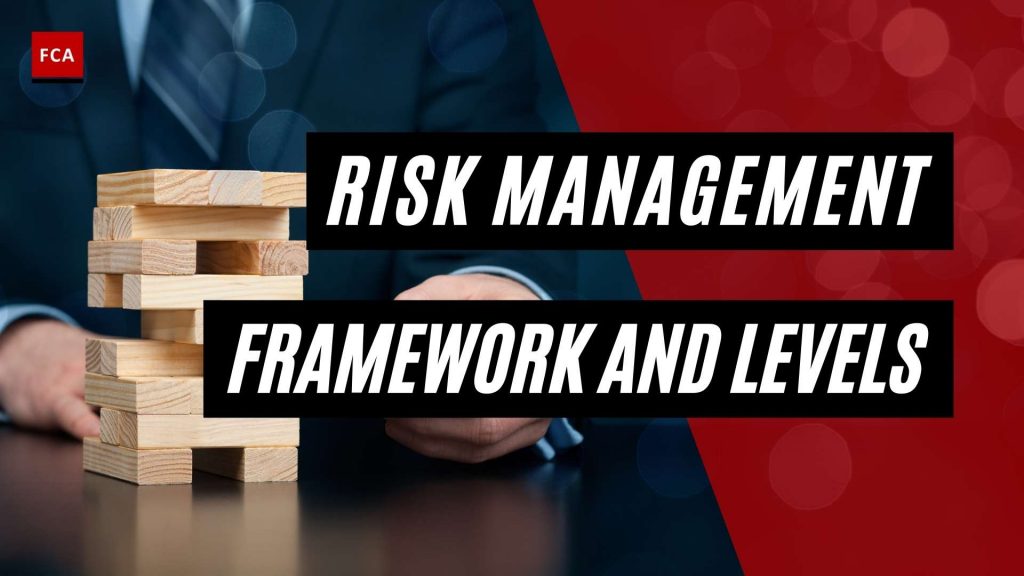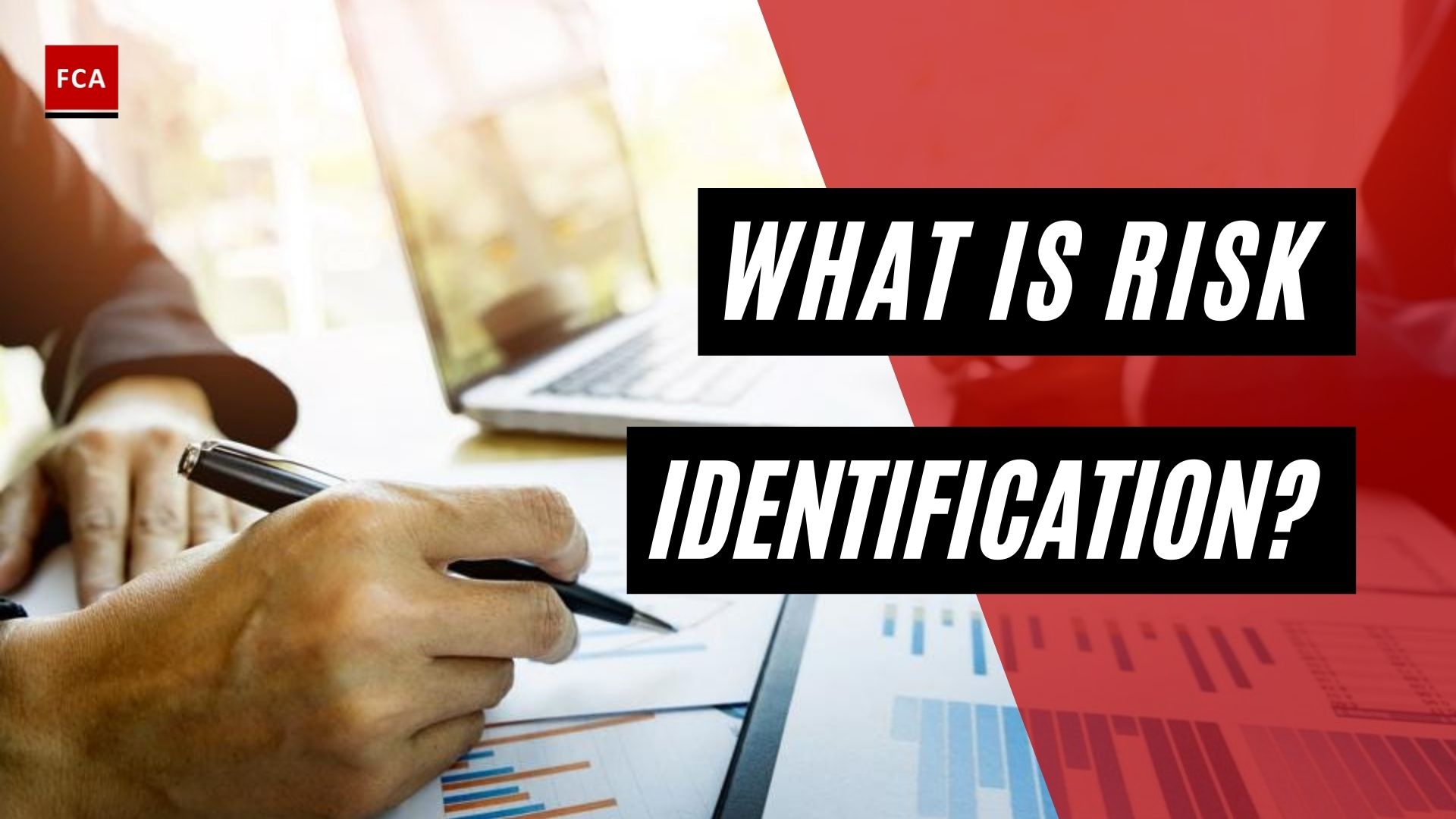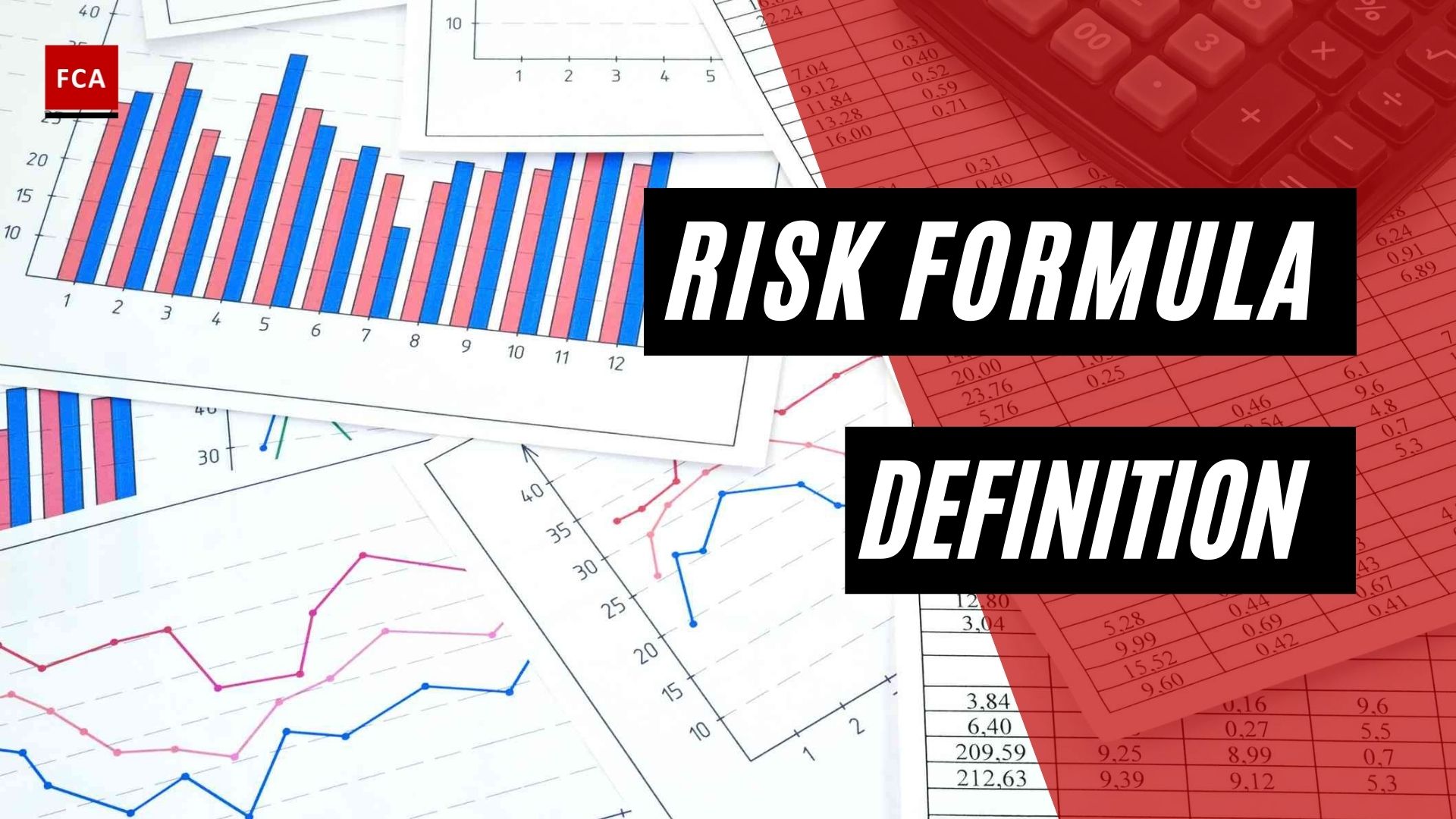A risk management framework encompasses the scope of risks to be managed, the process or systems and procedures to manage risk, and the roles and responsibilities of individuals involved in risk management. This article elaborates on ‘Risk Management Framework And Levels’.
The framework should be comprehensive enough to capture all risks a bank is exposed to and have the flexibility to accommodate any change in business activities.
Effective risk management framework
An effective risk management framework includes: clearly defined risk management policies and procedures covering risk identification, acceptance, measurement, monitoring, reporting, and control; a well-constituted organizational structure defining clear roles and responsibilities of individuals involved in risk-taking as well as managing it; the potential institution of a setup that supervises overall risk management in an organization, for example, a Risk Management Committee; an effective management information system that ensures the flow of information from the operational level to top management to address identified risks; and the ongoing review of systems, policies, and procedures for risk management should be in place.
Risk Management Levels
In organizations, the risk management activities broadly take place simultaneously at the following levels:

Strategic Level
Strategic level, which encompasses risk management functions performed by senior management and the board of directors. For instance, the definition of risks, ascertaining institutions’ risk appetite, formulating strategy and policies for managing risks, and establishing adequate systems and controls to ensure that overall risk remains within the acceptable level and the reward compensates for the risk taken.
Macro Level
Macro Level, which encompasses risk management within a business area or across business lines. Generally, the risk management activities performed by middle management or units devoted to risk reviews fall into this category.
Micro Level
Micro Level, which involves ‘On-the-line’ risk management where risks are created. There are the risk management activities performed by individuals who take a risk on the organization’s behalf such as front office and loan origination functions. Risk management in those areas is confined to following operational procedures and guidelines set by management.
Risk management throughout technological advancement
Expanding business arenas, globalization, use of technology, increased customers’ expectations and increased level of competition have provided a need for an effective and structured risk management model to be implemented in organizations.
An institution’s ability to measure, monitor, and manage risks comprehensively is becoming a decisive parameter for its strategic positioning. The risk management framework and robust internal controls, designed and implemented to manage identified risks, depending on the nature, size, and complexity of operations of the organization. Some basic principles apply nearly to all organizations regardless of their size and complexity of operations.

Purpose of risk management
Risk management is a continuous process at the core of every organization and encompasses all the activities that affect its risk profile.
Risk management involves identification, measurement, monitoring, and controlling risks to ensure that: the employees who take or manage risks clearly understand their relevant risks; the organization’s exposure to risks is within the defined risk limits established by the Board of Directors; strategic decisions are in line with risk management principles set by the Board of Directors; the expected payoffs compensate for the risks taken; risk-taking decisions are explicit and clear; and sufficient capital as a buffer is maintained by the organization to absorb the risk impacts.
Risk management goal
The acceptance and management of risk are inherent to the organization’s business and operations. Risk management, as commonly perceived, does not mean the elimination of risk. The goal is to manage the existing and emerging risks. It should be recognized that an organization need not engage in business in a manner that imposes risk upon it: instead of an organization shouldering the risk that may be transferred to other risk absorber organizations, it should accept those risks that are uniquely part of the array of an organization’s products and services.

Diminution or increase in risks
It must not be viewed and assessed in isolation, not only because a single transaction might have several risks but also one type of risk can trigger other risks. Since the interaction of various risks could result in diminution or an increase in risk, the risk management process should recognize and reflect risk interactions in all business activities as appropriate. While assessing and managing risk the management should have an overall view of risks the institution is exposed to. This requires having a structure in place to look at risk interrelationships across an organization.
Final Thoughts
A good risk management framework surrounds and encloses the fields of risk to be managed. The risk management framework should be expansive enough to capture all the risks a bank is exposed to nd have the flexibility to accommodate any change in business activities.









